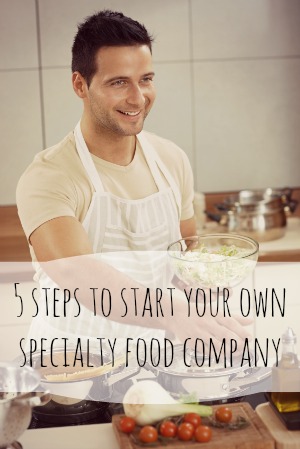Bristol-based Kabuto Foods aims to take instant noodles to a
whole new level. But what makes its products and brand different, and what
inspired Crispin Busk (pictured right) to launch the business?
Crispin Busk launched Kabuto Noodles in January 2011,
following a five-year stint as sales director for Pieminister, without doubt
one of Bristol’s biggest food success stories.
“I had experience of selling into the retail and grocery
trade,” he explains. “Pieminister was a very entrepreneurial environment
and I’m delighted to have been part of that. Kabuto is in that same tradition.
We’re very good at what we do and very focused on developing a unique, ‘big’
small brand.”Instant noodle brands generally compete on price and the
market seems full of similar products, but Busk says Kabuto aims to bring
something different. Busk’s products have no additives or preservatives, and
there’s a mouthwatering selection of authentic Asian flavours to choose from.“Pieminister did a lot of things right. It took a standard
product and made it better. I decided to take the same approach, but I had to
decide on the right product.”
Market intelligence
Busk knew that supermarkets showcase products in a certain
way – premium items at eye-level on the top shelf, ‘mid-range’, then own-brand
or ‘value’ products at the bottom. The knowledge helped him make his choices.“Around this time, I went to eat at [popular Japanese food
and noodle restaurant chain] Wagamama,” he recalls. “People were eating
mainstream Asian food, mainly based on healthy noodles. Afterwards, I walked
over the road to a supermarket and noticed all the instant noodles were low
cost, pretty unhealthy and with flavours such as donner kebab. It felt like there
was a ‘disconnect’ between the lovely food at Wagamama and the instant noodles
on sale in the supermarket. That moment I knew I’d found my niche.” Busk’s research revealed that almost 100 billion instant
noodle units are sold each year worldwide, with the UK consuming 230m, which
equals about 4-5 units per head of the population. Many of us go through an
‘instant-noodle phase’, often when we’re students, but Busk’s mission is to
catch people who are considering giving up on noodles and give them another reason
to carry on eating them.
“Noodles are quick and easy. They appeal to a very wide range
of people. We’re combining a quality product with a strong brand, and our
growth shows we have tapped into a real market. My aspiration is that Kabuto
will be the next big thing throughout the UK and then to take it overseas.”
Food for thought
New and smaller brands can be put off from trying to compete
against the big established brands, especially when it comes to getting
supermarket space. Buyers don’t make it easy — but Busk persevered. “To get a meeting you have to have done the homework: prices,
packaging, does it look and taste good? Everything has to add up to a
compelling story. It helps to have a product you believe in. There is no
formula for success in grocery retailing. However, the big brands simply can’t
have the heart and character that smaller brands like Kabuto does,” he
concludes.
 grow from their inception into a strong brand name and then, (for the lucky few) become nationally renowned. This is one of the perks of our job: the joy in watching something real and strong grow from just a little seed.
grow from their inception into a strong brand name and then, (for the lucky few) become nationally renowned. This is one of the perks of our job: the joy in watching something real and strong grow from just a little seed. grow from their inception into a strong brand name and then, (for the lucky few) become nationally renowned. This is one of the perks of our job: the joy in watching something real and strong grow from just a little seed.
grow from their inception into a strong brand name and then, (for the lucky few) become nationally renowned. This is one of the perks of our job: the joy in watching something real and strong grow from just a little seed.

